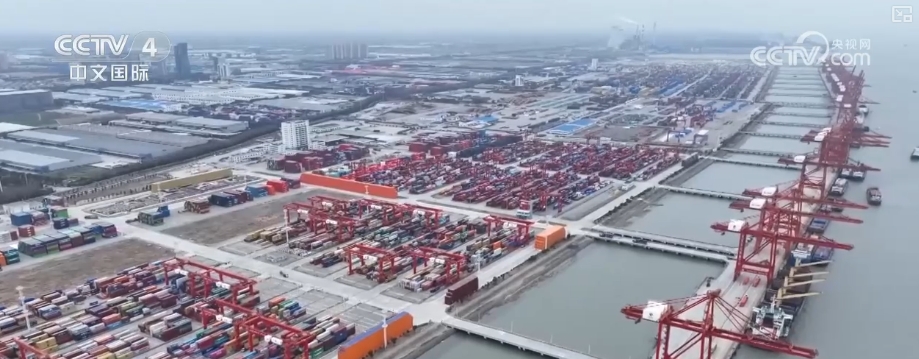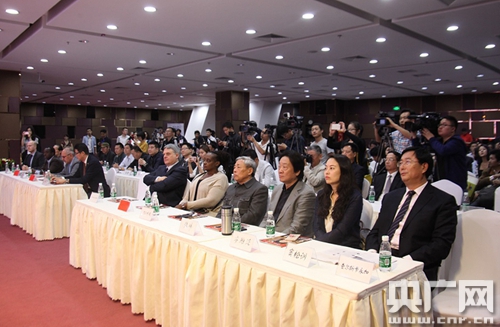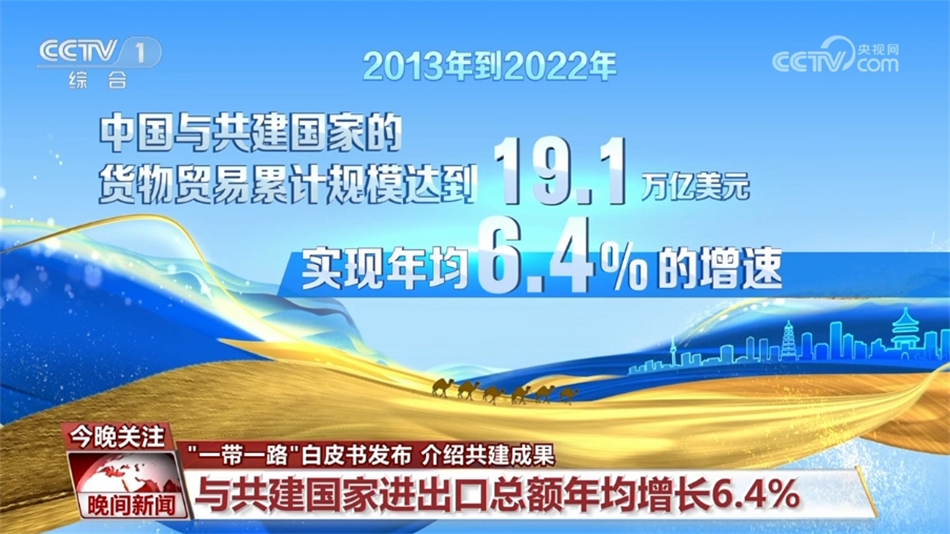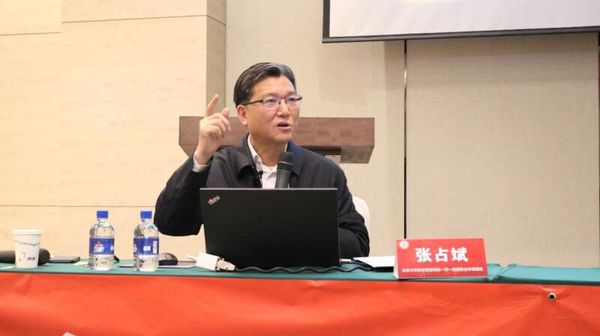As Capital Rushes Westward, How Can Xinjiang Become A New Investment Pole Under The "dual Circulation" Strategy?
As Capital Rushes Westward, How Can Xinjiang Become A New Investment Pole Under The "dual Circulation" Strategy?
The core logic of capital influx into Xinjiang: driven by the three pillars of strategic restructuring, resource realization and industrial upgrading, Xinjiang is becoming a “new economic highland” that capital is chasing.
The core logic of capital influx into Xinjiang: the triple drive of strategic restructuring, resource realization and industrial upgrading

Xinjiang is becoming a "new economic highland" that capital is chasing. The deep logic behind it can be systematically analyzed from the four dimensions of strategic status leap, resource endowment realization, policy dividend release, and industrial transformation opportunities:
1. Reconstruction of strategic position: Rediscovery of global value from “periphery” to “core”
• Positioning as a hub in Eurasia: Xinjiang is located in the center of Eurasia, and Urumqi is the “golden crossroad” connecting China with Central Asia, West Asia and Europe. China-Europe freight trains (such as the "Chongqing-Xinjiang-Europe" and "Zheng-Xinjiang-Europe") can directly reach more than 20 countries such as Germany and Poland via Xinjiang. The traffic volume of Horgos and Alashankou ports accounts for more than 70% of the country's traffic, becoming the core hub of the "steel camel fleet". The China-Kyrgyzstan-Uzbekistan railway transportation distance is 1,000 kilometers, strengthening Xinjiang’s position as the strategic fulcrum of “connecting the east to the west”.

• Empowering core areas of the “One Belt and One Road” initiative: The state has given Xinjiang the position of “Asia-Europe Golden Corridor” and “Bridgehead for Opening to the West”. The free trade pilot zones (Urumqi, Kashgar, and Horgos areas) have implemented 25 innovative measures such as trade and investment liberalization, financial opening, and digital economy, attracting cross-border e-commerce, bonded logistics, and international production capacity cooperation projects. For example, the Kashgar Special Economic Zone's corporate income tax "five-year exemption and five-year half reduction" policy has promoted a 65% annual increase in cross-border e-commerce transactions and built a demonstration zone for Arab countries.

2. Realization of resource endowments: industrial transformation from “underground treasures” to “green energy”
• Traditional energy ballast: Xinjiang’s predicted coal reserves are 391 billion tons (accounting for 40% of the country), and its oil and gas production equivalent exceeds 50 million tons. It is the country’s “strategic energy resources support base.” The development of resources such as the Zhundong Coalfield and the Tarim Basin has led to the extension of the coal chemical industry and oil and gas equipment manufacturing industry chain. For example, the Zhundong Development Zone is promoting a 700-800 billion yuan coal chemical project, and three coal-to-gas and one coal-to-liquids projects have been approved.

• Pioneer of the new energy revolution: Xinjiang's solar energy resources account for 40% of the country's technically exploitable capacity, and its total wind energy resource reserves are 1 billion kilowatts (second in the country). By the end of 2024, the installed capacity of new energy will reach 104.8 million kilowatts (accounting for more than 50%), ranking first in the country in terms of annual new installed capacity. Enterprises such as Goldwind Technology have formed a full industry chain for wind power equipment. The Dabancheng Zero-Carbon Smart Park has achieved 95% self-supply of green electricity and reduced carbon emissions by 1,800 tons of standard coal annually, becoming a benchmark for the green industry in the context of "double carbon".

• Characteristic agriculture and ecological economy: As "China's new granary", Xinjiang's grain yield per unit area exceeds the national average of 130 kilograms (in 2024). Desert control (such as the Taklimakan 3,046-kilometer green barrier) releases the potential of 200 million acres of saline-alkali land. Yuan Longpinghai rice and desert seafood farming (Penaeus vannamei) promote the total agricultural output value by 400% in ten years. The intensive processing of agricultural products such as cotton, tomatoes, and fruits (such as Chenguang biological cottonseed processing) attracts investment and forms a "planting-processing-export" industrial chain.

3. Release of policy dividends: Optimizing the business environment from “policy depression” to “institutional highland”
• Overlay of national-level strategies: Central enterprises’ industrial development plan for Xinjiang (such as 380 billion yuan of investment in 2025), free trade pilot zone policies, tax incentives for the development of the western region (such as corporate income tax of 15%), land leasing subsidies, etc. form a policy synergy. Xinjiang has launched quality financing and credit enhancement services, extending 30 billion yuan in credit to 2,068 companies, and supporting investment in agricultural product processing equipment with a maximum subsidy of 20 million yuan.

• Infrastructure upgrade: The construction of “Ten Networks” (railways, highways, aviation, electricity, natural gas, trade logistics, computing power, etc.) will lay a solid foundation for development. Urumqi T4 Terminal (annual throughput of 48 million passengers), China-Kyrgyzstan-Uzbekistan Railway, Xinjiang-Tibet Railway (2,000 kilometers, investment of 200-400 billion yuan) and other projects are advanced to build a "one hub and three pivots" hub system.

• Open platform innovation: 7 border trade zones, market procurement trade pilots (Alashankou, Urumqi), cross-border e-commerce comprehensive pilot zones (the annual cross-border e-commerce value of the Kashgar Comprehensive Bonded Zone is 1.29 billion yuan, an increase of 291%) and other platforms promote the transformation of "channel economy" into "industrial economy". For example, Horgos Port’s automobile exports increased by 120% year-on-year, making it the largest land-based port.

4. Opportunities for industrial transformation: the upgrade path from “resource dependence” to “innovation-driven”
• The rise of strategic emerging industries: new energy (wind and photovoltaic equipment, hydrogen energy storage), new materials (carbon fiber, basalt fiber), equipment manufacturing (Goldwind wind turbines are exported to 6 continents), digital economy (cross-border e-commerce, computing power centers) and other industrial clusters are formed. For example, Mulei County's basalt fiber production line specializes in photovoltaic brackets, and carbon fiber is used in wind power and hydrogen energy fields, with an annual output value of 50 million yuan.

• Upgrading of traditional industries: The textile and clothing industry (such as Chenguang Bio-cotton seed processing) reduces costs through freight subsidies and electricity price concessions, forming a "planting-spinning-garment" industrial chain; agricultural product processing (tomato paste, PVC) increases added value through the "border residents' mutual market on-site processing" model to increase the income of border residents.

• Consumption and cultural tourism potential: Xinjiang plans to receive 320 million tourists in 2025. Low-altitude tourism, cross-border tourism (such as China-Kazakhstan border tourism), and cultural and tourism integration projects (such as Nalati Grassland, Kashgar Ancient City) attract investment and promote the "tourism " industrial ecology.

Deep logic and future prospects
The essence of the influx of capital into Xinjiang is the resonance result of the national strategic orientation, resource endowment advantages, and the vitality of the market mechanism. Under the new development pattern of "dual circulation", Xinjiang has shifted from the "geographical edge" to the "opening frontier". Through China-Europe freight trains, free trade pilot zones, energy transformation and other starting points, Xinjiang has transformed its location, resources and policy advantages into industrial competitiveness. In the future, with the implementation of projects such as the China-Kyrgyzstan-Uzbekistan Railway and the Xinjiang-Tibet Railway, as well as the development of new business formats such as new energy, cross-border e-commerce, and computing economy, Xinjiang is expected to become a "super dry port" connecting the eastern and western markets, attracting more capital deployment, promoting high-quality economic development, and ultimately realizing the leap from a "resource-rich province" to an "economically strong region."





